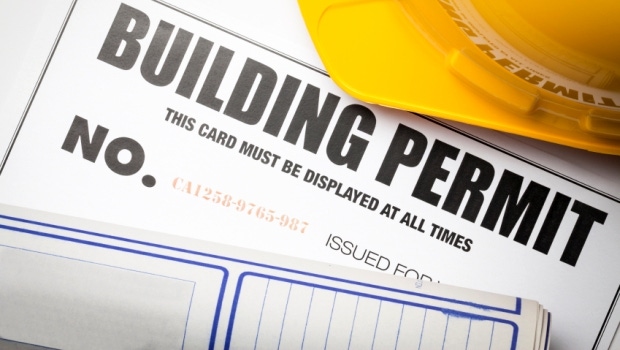Building-code changes could add more expense and work to the construction of a new self-storage facility. Here’s a look at what’s on the horizon and what it means for project developers.
August 3, 2015

By Jamie Lindau
There are changes in the 2012 International Building Code (IBC) and 2012 International Energy Conservation Code (IECC) that are causing additional expense and work for the development of new self-storage projects. The two biggest modifications revolve around the need for sprinkler systems in new buildings of a certain size as well as insulation requirements for temperature-controlled structures. Here’s a look at the new codes and how they could affect the construction of your facility.
Sprinkler Systems
The significant issue in the 2012 IBC revolves around the storage of mattresses and upholstered furniture. Under IBC Section 903.2.9, self-storage is now considered an S-1 use group, a moderate hazard. A new coding could lead to the requirement for a sprinkler system in a new self-storage build.
Previously, under the 2009 IBC, self-storage facilities didn’t have to include a sprinkler system as long as they met the other code requirements and a building’s fire areas were smaller than 12,000 square feet. If a building was larger, developers could simply divide it into smaller sections using three-hour firewalls. The 2012 code, however, includes an additional requirement relating to the storage of mattresses and upholstered furniture. Based on this condition, each building of more than 2,500 square feet must have an automatic sprinkler system.
What does this mean for your self-storage development? Essentially, you have three choices:
Keep your buildings under 2,500 square feet, which may not be feasible for most projects.
Break each building into areas of less than 2,500 square feet using three-hour firewalls.
Install a sprinkler system.
Aside from the initial installation costs, sprinkler systems require maintenance and inspections, which adds to your long-term operating costs. Because of this, most developers will first attempt to meet the requirement with firewalls. Although sprinklers and firewalls add to construction costs, they can help reduce insurance premiums.
If you’re building a standard 30- or 40-foot-wide self-storage building, you’ll just add firewalls. The added costs are incremental, so this usually isn’t a deal-breaker in deciding whether to build. The real problem comes when you’re looking to maximize your site, constructing wider buildings to get more coverage. In 80-foot or even wider buildings, it’ll be extremely difficult and cost-prohibitive to add firewalls. In these cases, adding the sprinkler system is the best way to meet the code.
The question you may now be asking is, “When is the new code going to go into effect in my state, and will everyone interpret it this way?” I suggest you ask your architect or talk to your building supplier to find out if or when your state plans to adopt the new code. Not all of the states that have adopted the 2012 IBC have caught this new section, but some have and are informing developers they need to comply.
Insulation
The second change on the horizon for new self-storage development is the increase in insulation requirements with the adoption of the 2012 IECC. This new code is specific to cooled and heated buildings. Temperature-controlled structures now have to conform to the same insulation standards as those of a residential home.
There have also been changes to exactly how the insulation is calculated. One of the requirements for most regions is continuous insulation. This means insulation can’t be stopped and started and must continue through all walls or ceilings. That doesn’t sound like a big deal, but it does change how a building is constructed.
On the accompanying map, the blue states have adopted the new code as of June 30. Many developers have been pushing hard to try and beat the deadline for compliance in other states.

Although these new requirements will cost more during the development phase, they’ll actually save storage operators cash in the long run. If you’re able to reduce your overall expenses to cool and heat your buildings, your net operating income will increase along with the overall value of your site.
When you look to develop a new self-storage site or add to an existing building, your architect or building supplier can help you determine what’s needed so there are no hiccups when you request the building permit. The code changes won’t prevent projects from being built, but they’ll impact overall costs and design. Being prepared will help you create a more realistic construction budget and long-term financial projection for the operation of your storage business.
Jamie Lindau is the sales manager at Trachte Building Systems, which designs, manufactures and erects a full line of pre-engineered and customized steel self-storage systems, including single- and multi-story, portable storage, interior partition and corridor, and canopy boat/RV. He’s also a frequent contributor on Self-Storage Talk, the industry's largest online community. For more information, call 800.356.5824, or visit www.trachte.com.
You May Also Like





